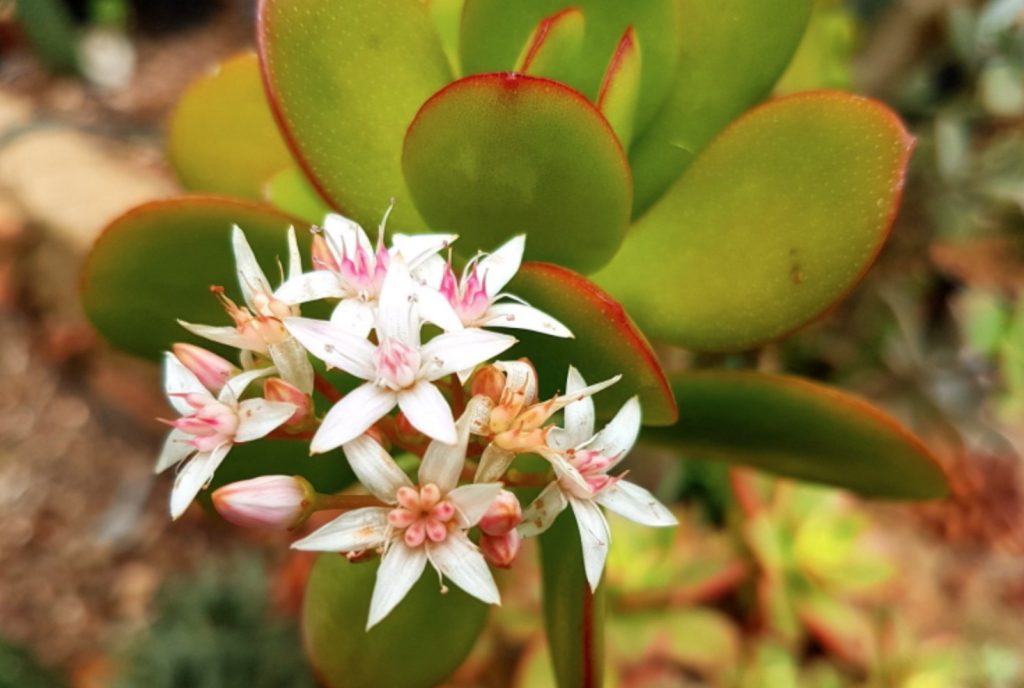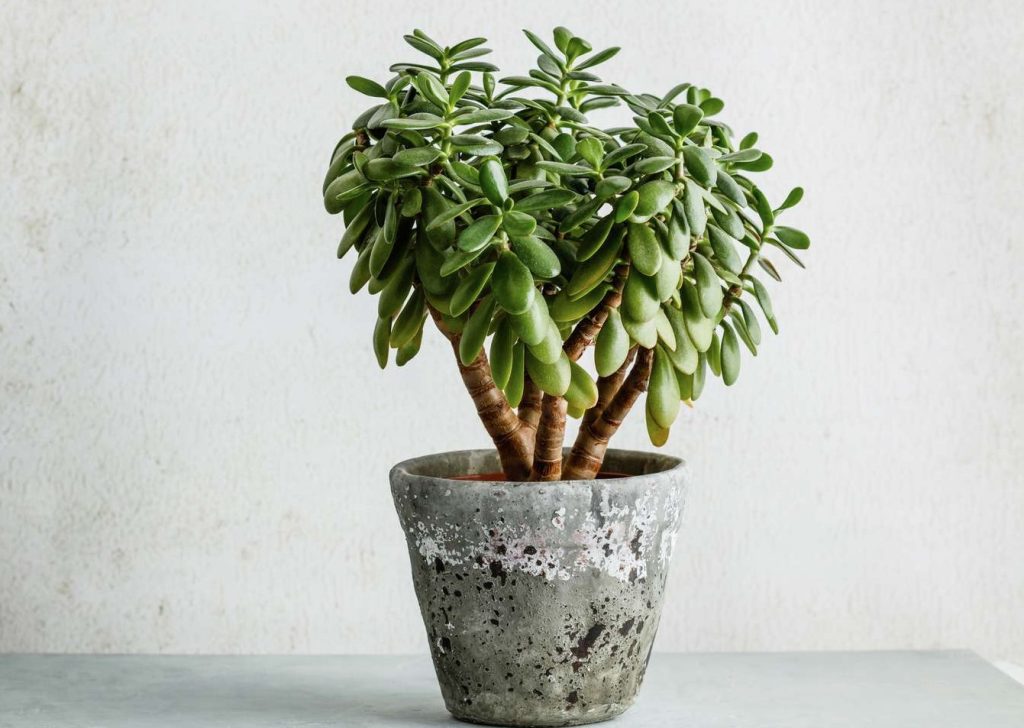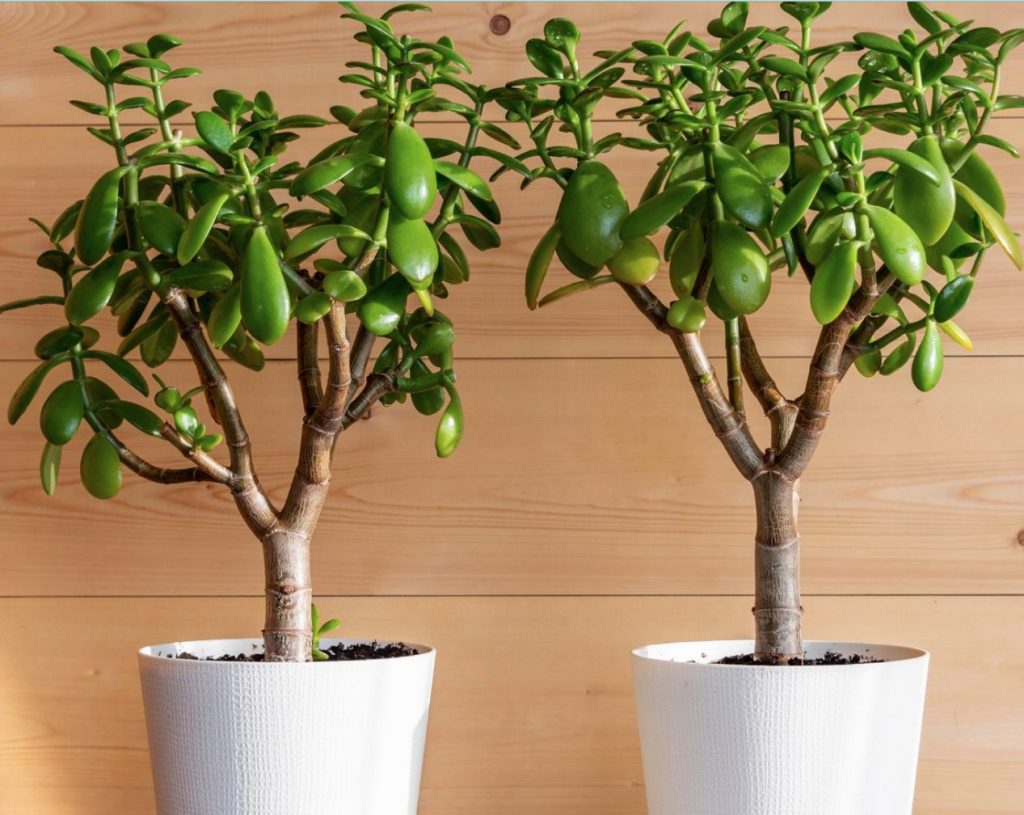
The jade plant, scientifically known as Crassula ovata, is a popular houseplant renowned for its succulent leaves and bonsai-like appearance. Its hardy nature and resilience make it a suitable choice for both novice and experienced gardeners. In this article, we’ll delve into the intricacies of jade plant care, from understanding its basic needs to troubleshooting common issues.
What is a Jade Plant?
A jade plant is a slow-growing succulent native to South Africa. It’s characterized by its thick, fleshy leaves that are typically oval-shaped and a vibrant green color. While most jade plants have smooth leaves, some varieties exhibit red or purple edges, adding a touch of visual interest.
How to Care for a Jade Plant
- Light: Jade plants thrive in bright, indirect light. A south-facing window is ideal, but they can also tolerate east or west-facing windows. Avoid placing them in areas with low light, as this can lead to leggy growth and pale leaves.
- Watering: Jade plants are drought-tolerant and prefer their soil to dry out completely between waterings. Overwatering is a common cause of problems, leading to root rot and fungal diseases. A good rule of thumb is to wait until the top inch of soil is dry before watering.
- Soil: A well-draining potting mix is essential for jade plants. A cactus or succulent mix is a suitable choice. Avoid using heavy soils that retain too much moisture.
- Fertilizing: Jade plants are light feeders and require minimal fertilization. You can fertilize them once a year during the growing season (spring and summer) with a balanced fertilizer diluted to half strength.
- Temperature: Jade plants prefer warm temperatures between 65°F and 80°F (18°C and 27°C). They can tolerate cooler temperatures during the winter, but protect them from frost.
- Repotting: Repot your jade plant every two to three years to provide fresh soil and adequate space for root growth. Choose a pot that is slightly larger than the current one.

Common Jade Plant Problems and Solutions
- Yellowing Leaves: This can be caused by overwatering or root rot. Allow the soil to dry out completely between waterings and inspect the roots for signs of damage.
- Leggy Growth: This occurs when the plant isn’t receiving enough light. Move it to a location with brighter light.
- Pests: Jade plants are susceptible to mealybugs and scale insects. Treat infestations with insecticidal soap or neem oil.
Information and Tips
- Pruning: Pruning your jade plant can help maintain its shape and size. Remove any dead or damaged branches and trim back leggy growth.
- Propagation: Jade plants can be propagated from cuttings or offsets. Allow the cuttings to callus over before planting them in well-draining soil.
- Blooming: Jade plants rarely bloom indoors, but they may produce small, pink or white flowers when they reach maturity and are exposed to cool temperatures during the winter.

Conclusion
The jade plant is a versatile and low-maintenance houseplant that can add a touch of elegance to any home. By following the care guidelines outlined in this article, you can enjoy the beauty of your jade plant for years to come.
FAQs
- Can jade plants grow outdoors? Yes, jade plants can grow outdoors in warm climates with mild winters. However, they are susceptible to frost damage, so they may need to be brought indoors during cold spells.
- How often should I mist my jade plant? Jade plants do not require misting. Overwatering can lead to root rot.
- Can I use tap water to water my jade plant? It’s best to use distilled water or rainwater to avoid mineral buildup in the soil.
- What does it mean when my jade plant’s leaves turn red? Reddish leaves on a jade plant are often a sign of stress, such as insufficient light or temperature fluctuations.
- How long do jade plants live? With proper care, jade plants can live for many years, even decades. Some specimens have been known to live for over 100 years!
